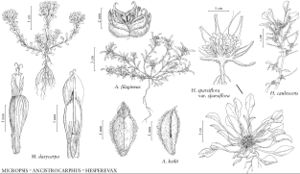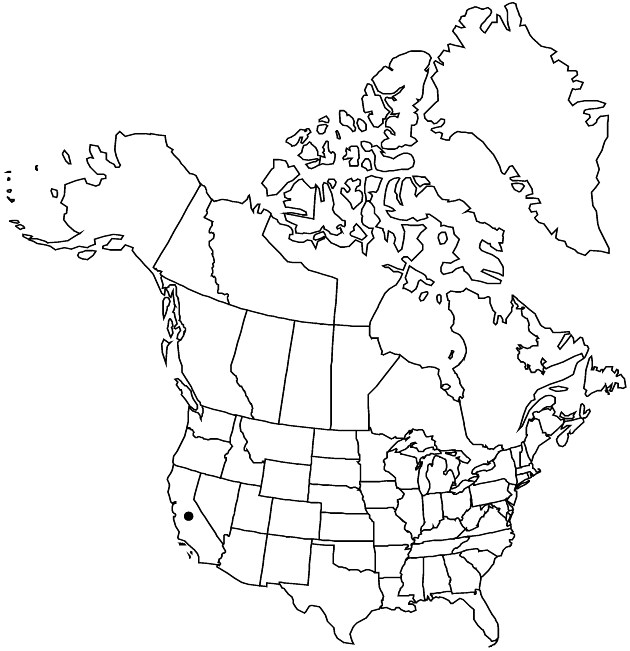Difference between revisions of "Hesperevax sparsiflora var. sparsiflora"
IllustratedEndemic
Treatment appears in FNA Volume 19. Treatment on page 468.
FNA>Volume Importer |
imported>Volume Importer |
||
| (One intermediate revision by the same user not shown) | |||
| Line 3: | Line 3: | ||
|accepted_authority= | |accepted_authority= | ||
|publications= | |publications= | ||
| + | |special_status={{Treatment/ID/Special_status | ||
| + | |code=F | ||
| + | |label=Illustrated | ||
| + | }}{{Treatment/ID/Special_status | ||
| + | |code=E | ||
| + | |label=Endemic | ||
| + | }} | ||
|basionyms= | |basionyms= | ||
|synonyms= | |synonyms= | ||
| Line 41: | Line 48: | ||
|publication title= | |publication title= | ||
|publication year= | |publication year= | ||
| − | |special status= | + | |special status=Illustrated;Endemic |
| − | |source xml=https:// | + | |source xml=https://bitbucket.org/aafc-mbb/fna-data-curation/src/2e0870ddd59836b60bcf96646a41e87ea5a5943a/coarse_grained_fna_xml/V19-20-21/V19_781.xml |
|tribe=Asteraceae tribe Gnaphalieae | |tribe=Asteraceae tribe Gnaphalieae | ||
|genus=Hesperevax | |genus=Hesperevax | ||
Latest revision as of 19:56, 5 November 2020
Plants greenish to grayish, (2–)8–17 cm. Leaves mostly cauline, largest (10–)13–32 × 4–8(–10) mm; blades broadly oblanceolate to obovate, arachnoid-sericeous. Heads: longest 3.6–4.5 mm. Pistillate paleae 3–4.5 mm. Cypselae mostly 1.3–1.7 mm.
Phenology: Flowering and fruiting mostly late Mar–early Jun.
Habitat: Open soils, often shallow and rocky, usually over serpentine
Elevation: 10–900 m
Discussion
Variety sparsiflora is known from the Coast Ranges and has outliers in western San Diego County and on the nearer Channel Islands. In the southern half of its range, it grows mostly in coastal marine environments, where it remains distinct from the north-coastal var. brevifolia. Consistently stemless plants from Santa Rosa Island may warrant taxonomic separation.
Selected References
None.
Lower Taxa
None.

